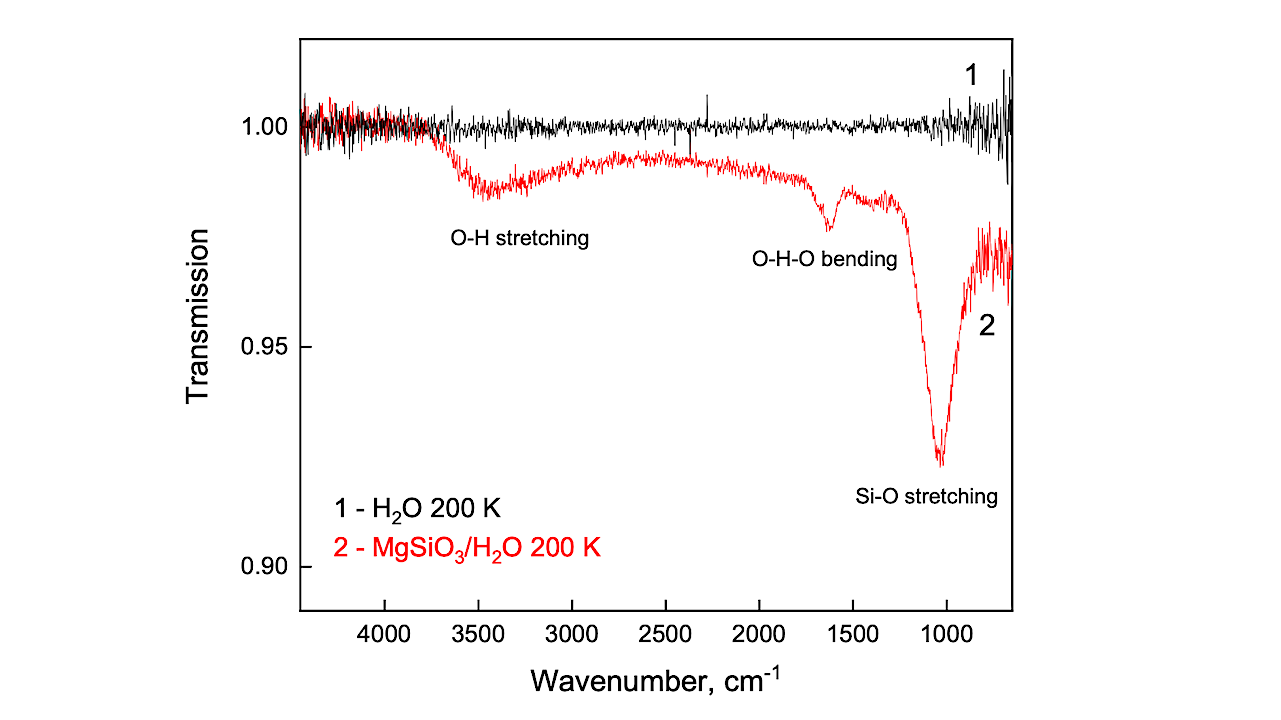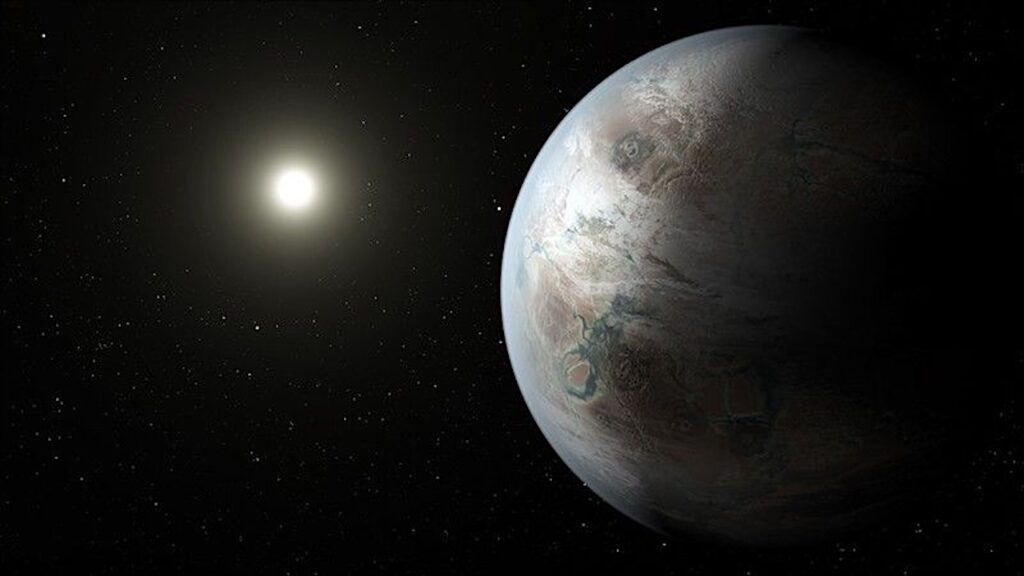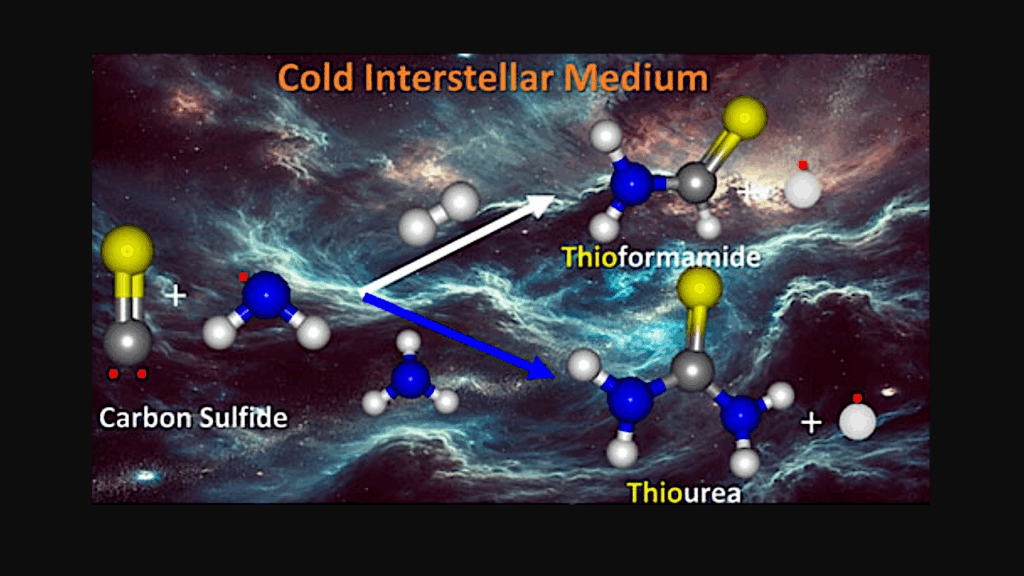Trapped Water On Silicates In The Laboratory And In Astrophysical Environments

Existence of strongly bound water molecules on silicate surfaces, above the desorption temperature of water ice, has been first predicted by computational studies and recently demonstrated by laboratory experiments.
Such trapped water may be present in various astrophysical environments and there is now evidence for its presence in the diffuse interstellar medium and in extraterrestrial particles. We present here new results of a laboratory study of the phenomenon of trapping (strong bonding) of water molecules by silicates.
We show that the efficiency of trapping is strongly dependent on the properties and composition of the surface. Our results point out that the presence of trapped water should be due to the hydrophilic properties of the silicate surface and that the nature of trapping is physical (physisorption rather than chemisorption).
We demonstrate that water can be trapped on silicates up to the temperatures of about 470 K, which speaks for the presence of wet silicate grains in the terrestrial planet formation zone in planet-forming disks. Studying the thermal and UV stability of trapped water, we conclude that the detection of trapped water in the diffuse ISM speaks for its efficient continuous formation.
We discuss our results as relevant to fundamental scientific questions, such as the oxygen depletion problem, the origin of water on Earth, and the formation of rocky planets.

High-resolution transmission electron microscope images of the silicates. Left: The originally condensed silicate grains with amorphous structure. Middle: Silicate grains annealed to 500°C still characterized by an amorphous internal structure. Right: The crystallized silicate sample produced at 900°C showing the typical lattice fringes caused by crystalline structures.– astro-ph.GA
Alexey Potapov, Cornelia Jäger, Harald Mutschke, Thomas Henning
Comments: Accepted for publication in ApJ
Subjects: Astrophysics of Galaxies (astro-ph.GA); Earth and Planetary Astrophysics (astro-ph.EP)
Cite as: arXiv:2402.13600 [astro-ph.GA] (or arXiv:2402.13600v1 [astro-ph.GA] for this version)
Submission history
From: Alexey Potapov
[v1] Wed, 21 Feb 2024 08:07:41 UTC (459 KB)
https://arxiv.org/abs/2402.13600
Astrobiology, Astrochemistry,








